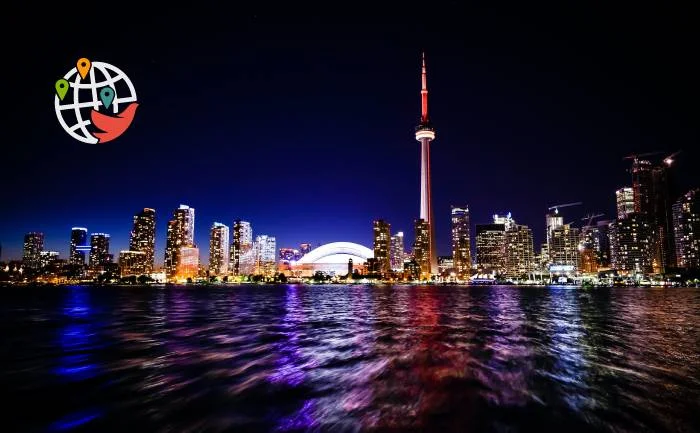The new immigration program: wait or not?

Labour shortages should be the main criterion for launching a new immigration route to Canada.
A month after the 2021 election, it's time to bring up the municipal immigration program, the launch of which the Liberal government prioritized even before the last election, in 2019.
Then the pandemic made its adjustments, but still before this year's elections, the Liberals once again declared their intention to create a new program. Already on November 22, the new parliament will begin its work and the government will be able to start implementing its plans.
Municipal immigration program is a new possible path to permanent residency. There are now three types of immigration programs in Canada:
- Federal — allowing you to move to any province;
- provincial — launched separately by Canadian provinces;
- Regional — launched by several provinces or cities at once.
The trend in Canada is that most immigrants tend to move to large popular provinces such as Ontario and British Columbia. If candidates immigrate through programs in other provinces, they usually try to choose the largest city in that region. As a result, immigrants arrive, but small towns still face an acute workforce shortage. A municipal program would allow small communities in Canada to attract immigrants. Canada now runs a similar immigration program in rural and northern areas.
In 2020, Immigration Canada negotiated with the Federation of Canadian Municipalities, which includes representatives from 2,000 cities, immigration experts and organizations that provide services to immigrants.
About 80% of the participants agreed that labour shortages should be the deciding factor in selecting cities for the program. Also, the majority of those attending identified retention as a key factor, as once an immigrant is granted Permanent Resident status, they are free to move to any city in Canada. This means that the cities that participate in the municipality's program will have to create a better environment for newcomers.
Other important indicators are the relevance of immigrants to local labor market needs and economic growth in small communities.
The main conclusion reached by the Department of Immigration is that the municipal program should focus on increasing immigration to small cities with labor shortages and on providing those cities with the capacity to retain those arrivals.
At the moment, there is no information on whether and when the municipal immigration program will be launched. It is likely that if launched, it will become a pilot program, i.e. temporary, and will operate for 5 years, inviting about 3,000 immigrants annually. There are still many things to work out in case the program is launched.





























